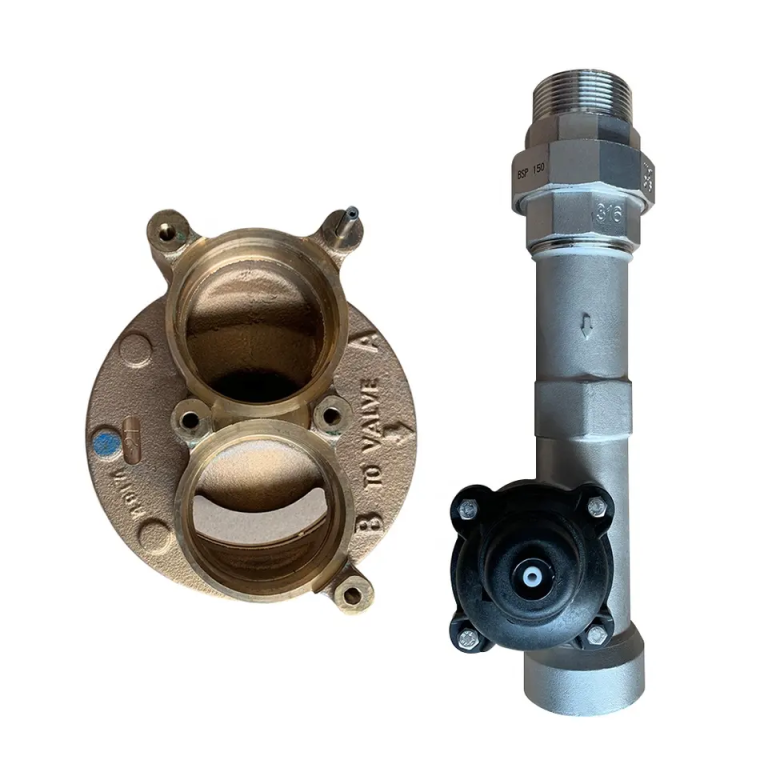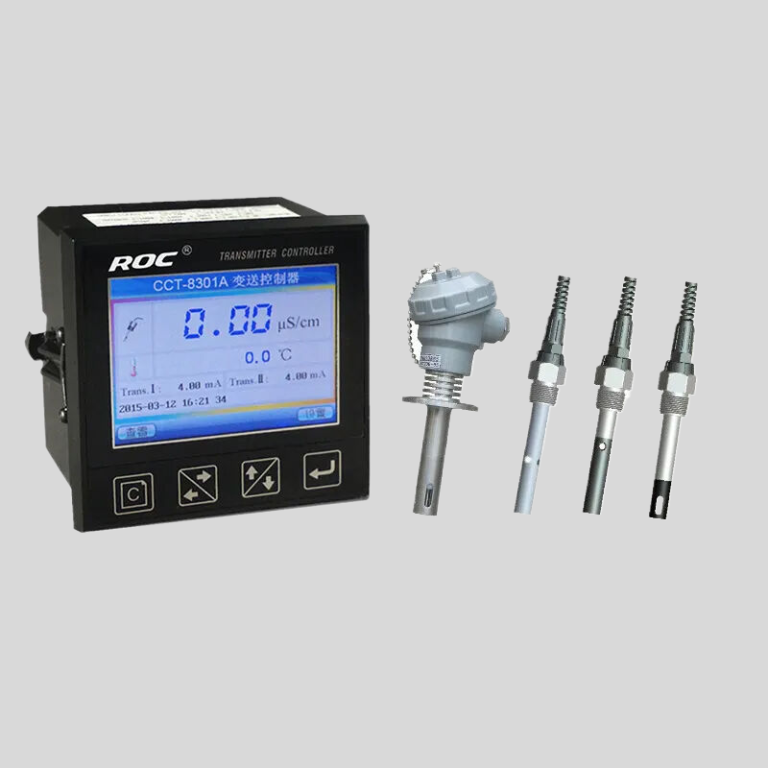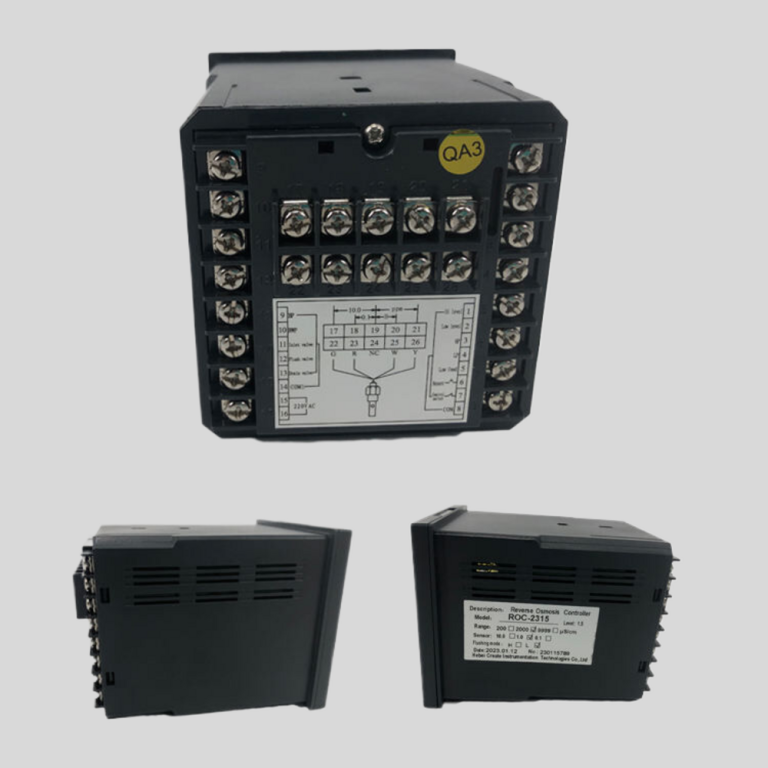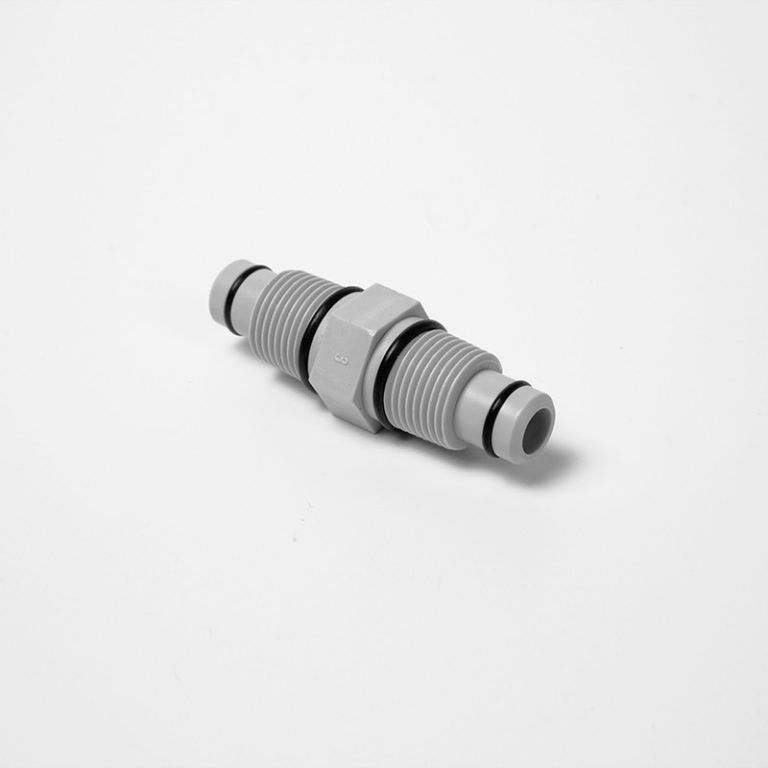“Test with precision, ensure purity: Di water quality verified.”
Importance of Testing DI Water Quality
Deionized (DI) water is a type of purified water that has had all of its ions removed through a process called deionization. This makes it an essential component in various industries, including pharmaceuticals, electronics, and laboratory research. However, ensuring the quality of DI water is crucial to maintaining the integrity of processes and experiments that rely on it. Testing DI water quality is a necessary step to guarantee that it meets the required standards and is free from contaminants that could compromise its purity.
One of the most common methods used to test DI water quality is conductivity measurement. Conductivity is a measure of a solution’s ability to conduct an electric current, which is directly related to the concentration of ions present in the water. Since DI water should ideally have a very low conductivity due to the absence of ions, any deviation from this standard could indicate the presence of impurities. Conductivity meters are widely available and easy to use, making them a popular choice for testing DI water quality.
Another important parameter to consider when testing DI water quality is total organic carbon (TOC) content. Organic contaminants can be introduced into DI water through various sources, such as storage tanks, piping, or the environment. Monitoring TOC levels can help identify any potential sources of contamination and ensure that the water remains pure. TOC analyzers are specifically designed to measure the amount of carbon present in a sample, providing valuable information about the overall quality of DI water.
In addition to conductivity and TOC measurements, testing for microbial contamination is also essential when assessing DI water quality. Even though DI water is typically free from bacteria and other microorganisms due to the deionization process, it is still susceptible to contamination during storage and handling. Microbial testing involves culturing water samples on agar plates and incubating them to allow any present bacteria to grow. By monitoring microbial levels regularly, it is possible to detect any potential issues and take corrective actions to maintain the purity of DI water.
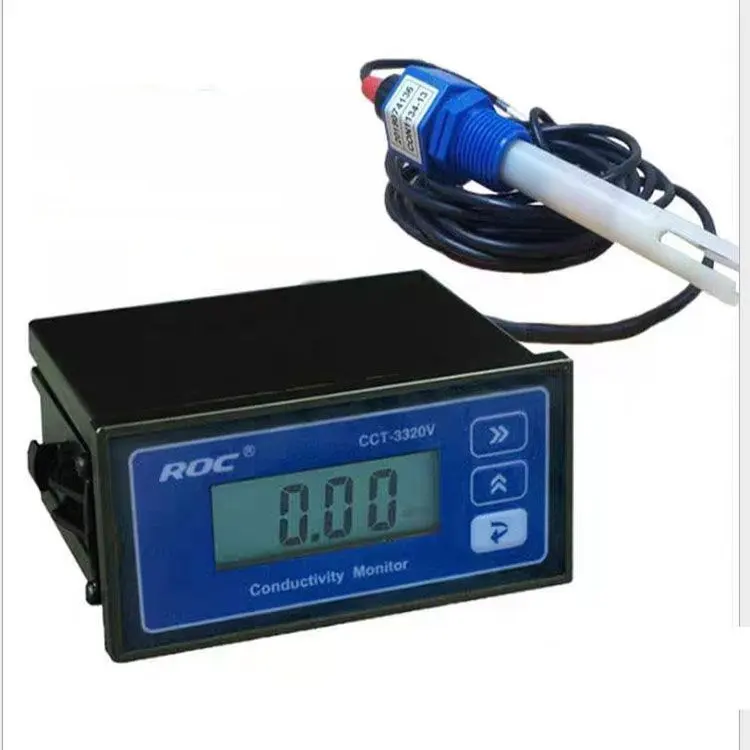
Furthermore, pH measurement is another critical aspect of testing DI water quality. The pH level of water indicates its acidity or alkalinity, which can have a significant impact on various processes and experiments. DI water should ideally have a neutral pH of around 7, as deviations from this value could affect its compatibility with certain chemicals or materials. pH meters are commonly used to measure the acidity or alkalinity of DI water accurately, providing valuable insights into its overall quality.
Overall, testing DI water quality is a fundamental step in ensuring the reliability and consistency of processes that rely on this essential resource. By monitoring parameters such as conductivity, TOC, microbial contamination, and pH, it is possible to identify any potential issues and maintain the purity of DI water. Regular testing and quality control measures are essential to prevent contamination and ensure that DI water meets the required standards for use in various industries. Investing in proper testing equipment and procedures is crucial to safeguarding the integrity of processes and experiments that depend on high-quality DI water.

